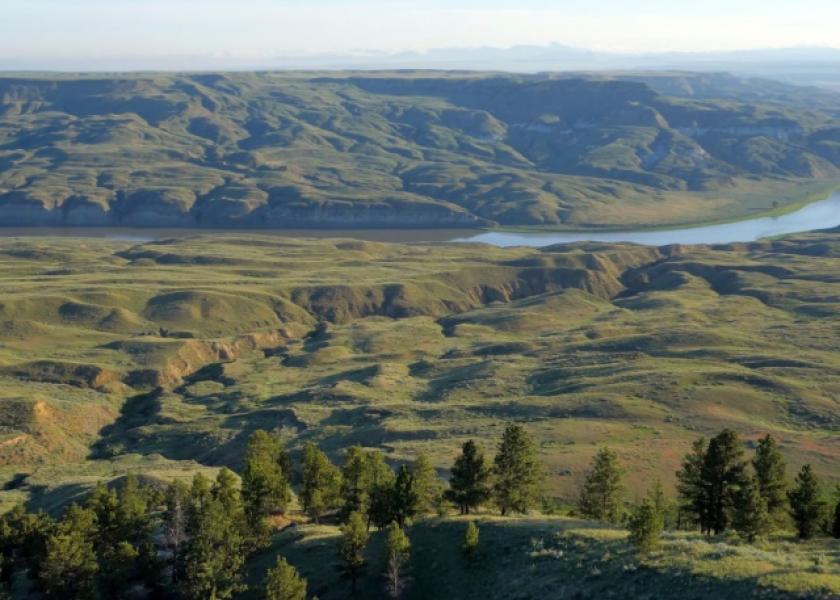Ranch Buy Adds to Huge Montana Wildlife Reserve

A huge Montana nature reserve added a 47,000-acre historic ranch to its patchwork of lands along the Missouri River on Friday, a significant step in a privately funded effort to stitch together a Connecticut-sized park where bison would replace livestock and cattle fences give way to open range.
The PN Ranch north of Winifred sprawls across rugged badlands, tall grass prairie and cottonwood-filled valleys. It's almost wholly within the Upper Missouri River Breaks National Monument.
It includes the remnants of the Montana Territory's first military post, Camp Cooke, and was reportedly a rendezvous point for American Indian tribes on the Great Plains.
Its purchase by the American Prairie Reserve comes amid tensions with some in central Montana who see the project's rapid expansion over the past decade as an encroachment on their way of life.
For now, reserve representatives said, it will be managed as a livestock operation. But the long-term goal is to restore the land to its natural state and open it to the public — campers, bird watchers and others seeking a glimpse into how the West once looked.
"Over time the goal is an all-wildlife, public access situation," said Sean Gerrity, president of the Bozeman-based reserve. "People will come and the first thing they will notice is 'Welcome' signs instead of 'Keep Out' signs. They will notice fences down and a distinct openness to the landscape, unfettered by fences, power lines, power poles."
Terms of the sale were not disclosed. The cattle ranch founded in the late 1800s had been listed for more than $20 million.
Since 2001, American Prairie Reserve has raised $95 million and established a 353,000-acre footprint of leased and private land stretching across five counties.
The purchase of the PN — inside the 378,000-acre Upper Missouri River Breaks — continues the organization's strategy to use private real estate deals to leverage public lands. Other reserve holdings are within and adjacent to the million-acre C.M. Russell National Wildlife Refuge.
The reserve has 620 bison, which currently don't have access to the refuge or national monument. That herd is expected to increase to 1,000 bison within the next two years and more than 10,000 animals by late next decade.
Whether wild bison re-inhabit the public lands around the reserve will be largely up to state wildlife officials.
Montana Fish, Wildlife and Parks officials said last year that they would consider bison on large-scale landscapes like the C.M. Russell refuge. But there's no timeline for a decision, agency spokesman Ron Aasheim said.







